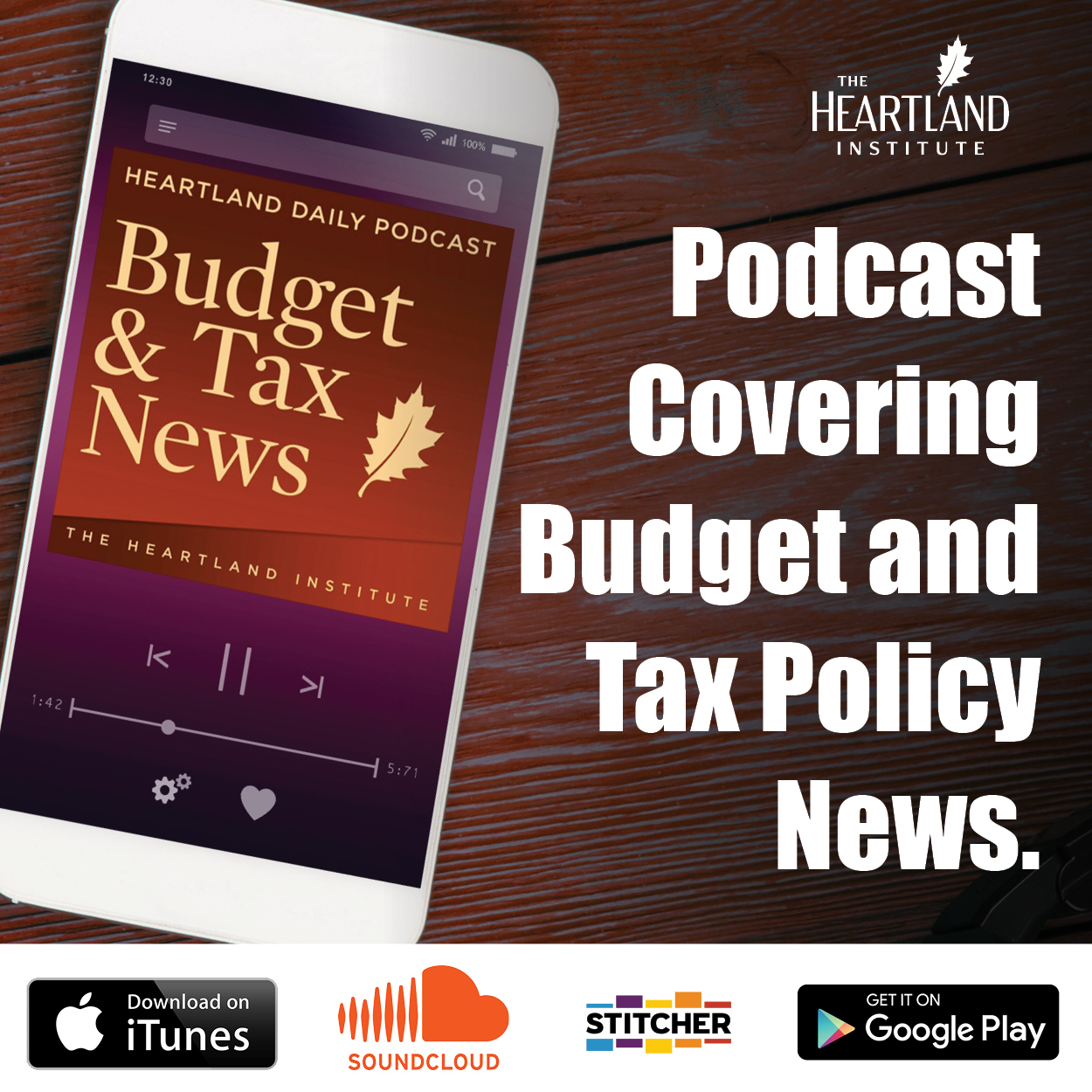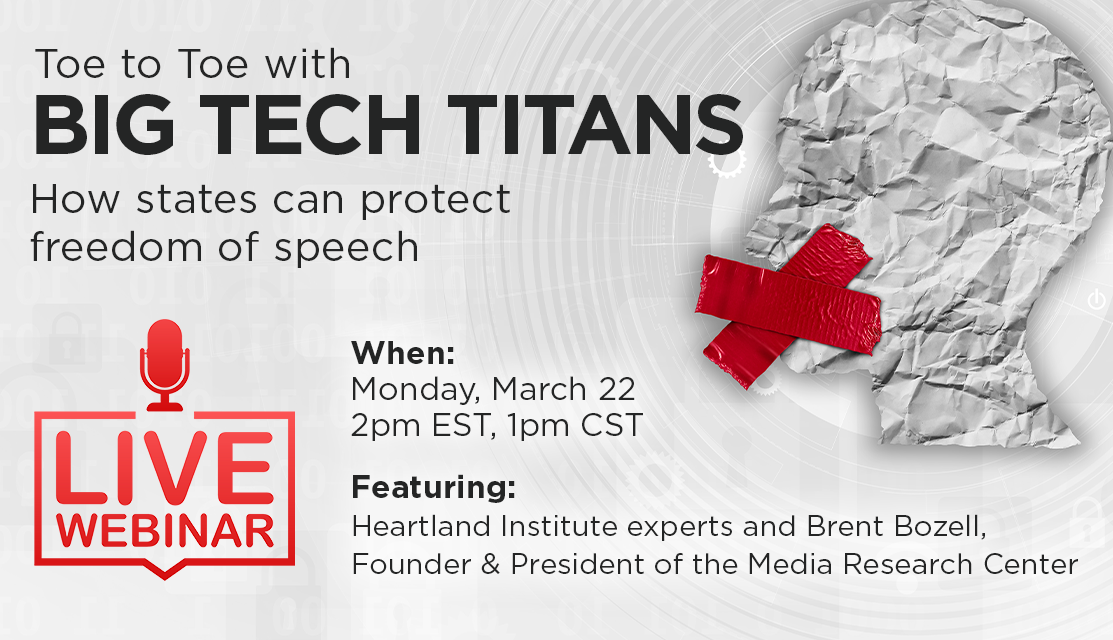The decline in inflation and longer-term interest rates has led to a surge in optimism over the outlook for 2024. Recent signs of a slowdown in spending and incomes are early indications of a shift to a weaker economy than many expect.
The Week That Was
The torrent of economic news this past week shows the economy grew very fast this summer, then slowed considerably at the beginning of the fourth quarter.
The most popular measure of the economy shows spending and real growth soared at annual rates of 9 percent and 5 percent this summer. Meanwhile, inflation was at a 3½ percent pace. October measures show spending, growth, and incomes increasing at annual rates of only 2 percent to 3 percent, with inflation close to 2 percent.
Today’s business surveys confirm October’s slowdown in manufacturing has continued into
November.
Things to Come
Economic news this coming week will begin with Tuesday’s November ISM survey of service
companies. This survey has been accurately showing service company activity increasing at a healthy rate and holding up the economy. October’s ISM service survey had an overall
reading of 54, with new orders stronger at 55.5 and inflationary pressures even stronger at 58.
If recent signs of an economic slowdown with low inflation are to continue, this November survey should weaken considerably.
On Wednesday, revised third-quarter productivity data will show a strong 4.7 percent annual rate quarterly increase, or 2 percent for the year ending in the third quarter.
A sharp slowdown in hours worked is a key factor in the increase. In addition, federal programs to increase spending and reallocate resources can add to government-directed output without benefiting workers. Over the past year there has been no increase in worker earnings after inflation.
Friday’s November jobs report should be interesting. October reports were very weak, with a gain of only 99,000 for private jobs (150,000 total if government workers are included). The auto strike probably reduced October numbers by about 50,000, so anything less than 150,000 private workers would point to a further slowdown in jobs.
The October ISM surveys for service companies show no increase in employment, and
manufacturing companies report lower employment. These business surveys show a weaker job market than the official reports.
Money, Money, Money
Lags in monetary policy present the main problem confronting the current optimism. Today’s economy is responding to Fed policy from last spring. Since March, the Fed has taken $650 billion out of the economy. This additional restraint will affect the economy as we enter 2024.
Market Forces
After a strong first half of November, most stock indexes spent the past two weeks on vacation. While the Dow increased by almost 3 percent, other indexes posted only modest gains.
The main upward move from the lows of late October stems from dramatic shifts in economic news. Reports of the economy growing while inflation continues to decline led to an outburst of optimism. Long-term interest rates fell sharply while stocks soared.
Stock analysts are projecting a growing economy with S&P500 company profits up 19 percent in the coming year. Yesterday’s October report on spending shows modest growth and the Fed’s favorite measure of inflation at only a 2 percent annual rate.
Our analysis shows stock prices are close to 20 percent overvalued. If the economy declines as we expect, profits will be moving lower as opposed to the strong gains currently expected.
Even though interest rates would fall further in a declining economy, stock prices would remain vulnerable. Although technical stock market indicators remain positive, signs of a growing weakness in the overall economy could quickly reverse the current optimism.
Outlook
Economic Fundamentals: negative
Stock Valuation: S&P 500 overvalued by 20 percent
Monetary Policy: restrictive
For more Budget & Tax News articles.
For more from The Heartland Institute.











